Sony A7s, let me take you to higher ISO
Yesterday was the last day of the Ghent Festivities 2014, a local custom where the entire city of Ghent becomes one giant party district for ten days. The closing ceremony is a candle parade and a 19th century dressed evening ball. Another excellent opportunity to test the Sony A7s and the FE 70-200G as a low light combo. I decided to go beyond the ISO Auto recommended setting of 100-12800 and see up to what number you’d be able to get useable images.
I like DXO’s Optics Pro 9 Prime noise reduction with the Sony A7s and was able to recover some images with that software up to ISO 51200. Focussing (either auto or manual) when it’s that dark is a bit of a hit and miss affair, and getting useable images at high ISO numbers does depend on the material.
These are images that came out more or less ok, I’ve provided (when applicable) both RAW-converted-to-jpg versions and DXO processed versions with Prime Noise reduction. I’ll finish this pos with a comparison with the Olympus Pen E-P5 that my girlfriend was using on the same night.
Familiar ground
First, here are some examples under ISO 2500. Noise reduction isn’t really necessary here, except perhaps in very low light, where contrasty areas/colours might make it more visible. You might also observe the medium format look, the much discussed look and feel of the Sony A7r images that is supposed to rival Medium Format sensor cameras.
It’s true that once you get familiar with the camera, you’ll most likely recognise the look of other photographers’ images taken with it. And it does have a certain appealing, smooth character of its own. But to me, it’s just another flavour, perhaps unique in the Sony line-up of cameras, but mainly a sales pitch to convince you to spend your cash on it.
Move on up
towards even higher ISO’s, you might find from time to time some slight complications. Compared to the A7r and A7, you’d be in noise hell by now, but this camera keeps generating very usable images, with just a touch of noise visible in the faces and mid tones. Not really bothersome, and easily cleaned-up with some moderate noise reduction if it bothers you. FYI, I let DXO also take care of lens corrections and a bit of colour correction here as I’m sure you’ve noticed.
6400
![]()
![]()
10000
10000
10000
10000 with NR
Into the darkness
Once it gets really dark, Auto ISO will switch to 12800 most of the time. It’s worth noting that Sony have programmed standard Auto ISO quite conservatively this time. I believe the A7r has a range of 100-6400, which was pushing it a bit noise-wise, but they seemed to have listed to users and reviewers and the A7s has a range of 100-12800 where you’ll never have a real problem with noise. Perhaps the newly tweaked AF module, that works well in dim light too, does not necessitate higher ISO’s to achieve descenty fast focus. And they felt it this was a good balance.
Anyway, you need not concern yourself with noise at this setting either, as some moderate noise reduction either in camera or afterwards will take care of that.
12800
12800 with NR
Let me take you higher
As we all know by now, the Sony A7s has an ISO range up to 409600, and while I won’t bother you with the most extreme numbers, IS0 51200 is sometimes still useable, although you might have some problems auto-focussing when it’s that dark, and manual focus isn’t easy either when its that dark.
16000
16000 with NR
![]()
![]()
25600
25600 with NR
40000
40000
The Sony A7s compared to other cameras
Just as a final note, my girlfriend was also photographing the same scenes with the Olympus Pen E-P5 and Leica 25mm F/1.4. The ISO settings where of course not comparable, the sensor is half the size, and she was using a faster lens. But it worked, and although a direct comparison is not possible, hey, this photographic tool works in these conditions too.
I’m always very excited when a new camera like the Sony A7s is released, but we shouldn’t get lost in the hype. This might be the ideal camera for you, but don’t think its the only one out there capable of making descent low light images.
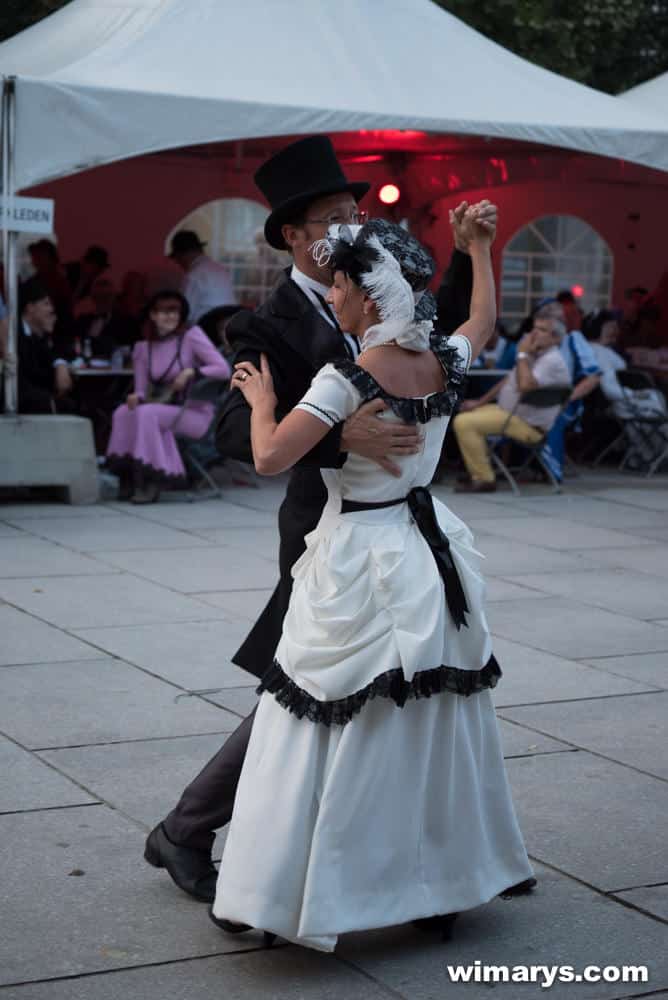
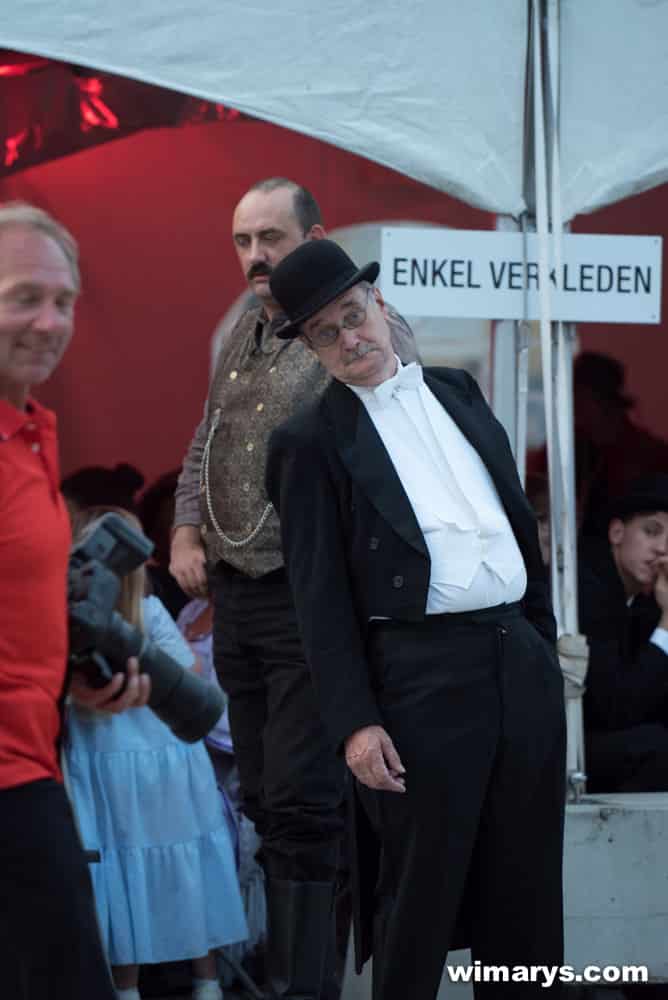
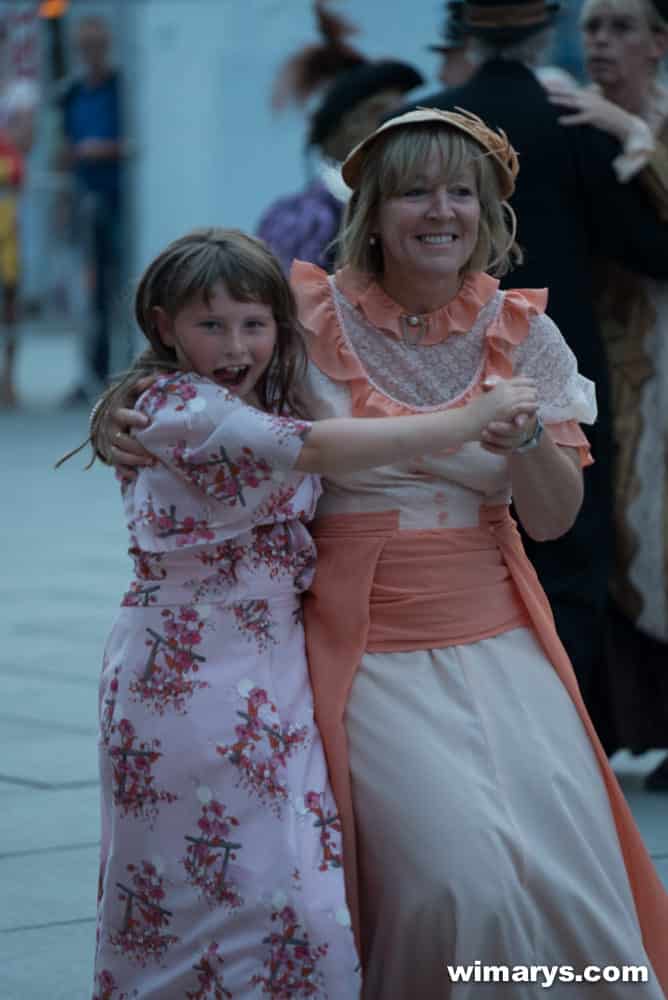
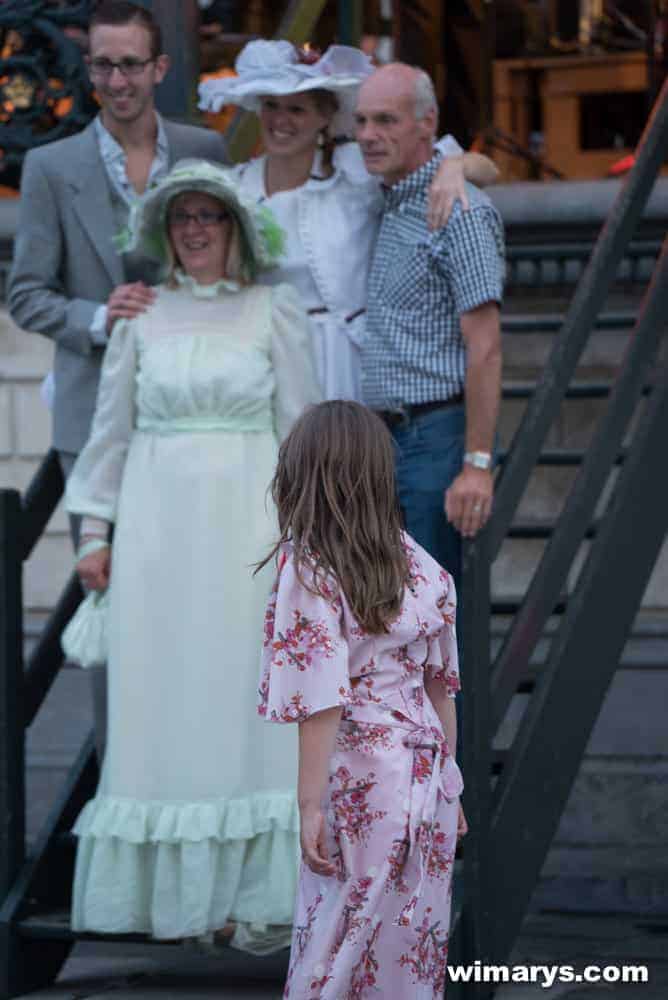
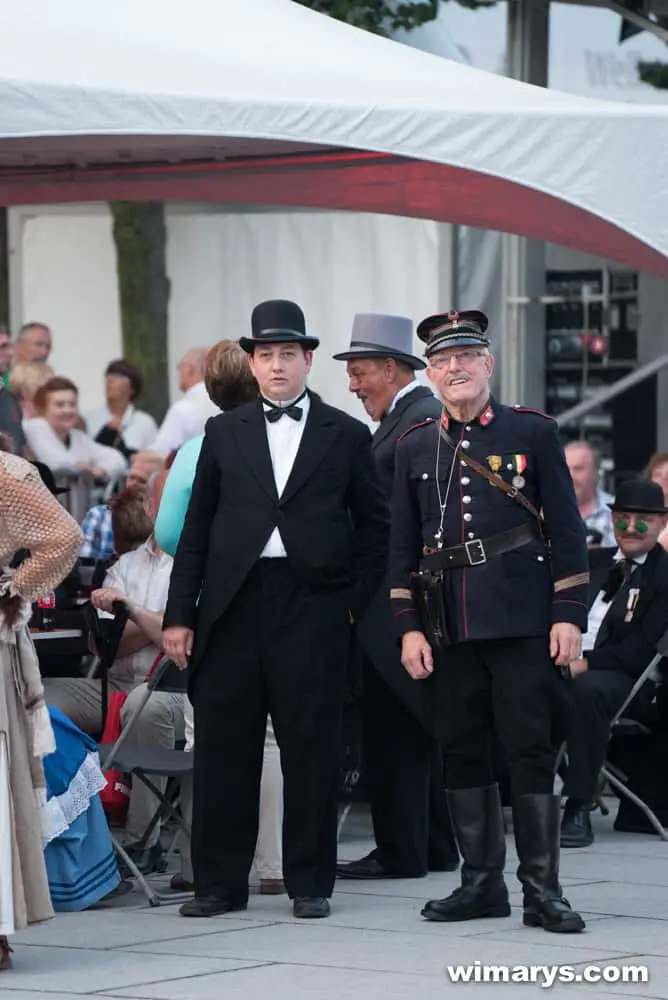
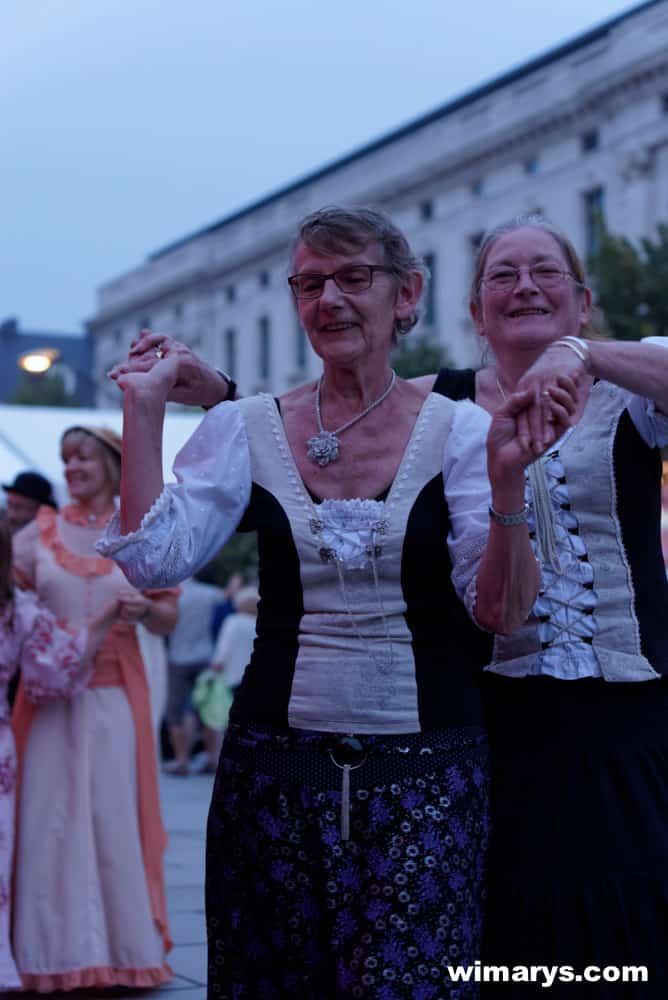
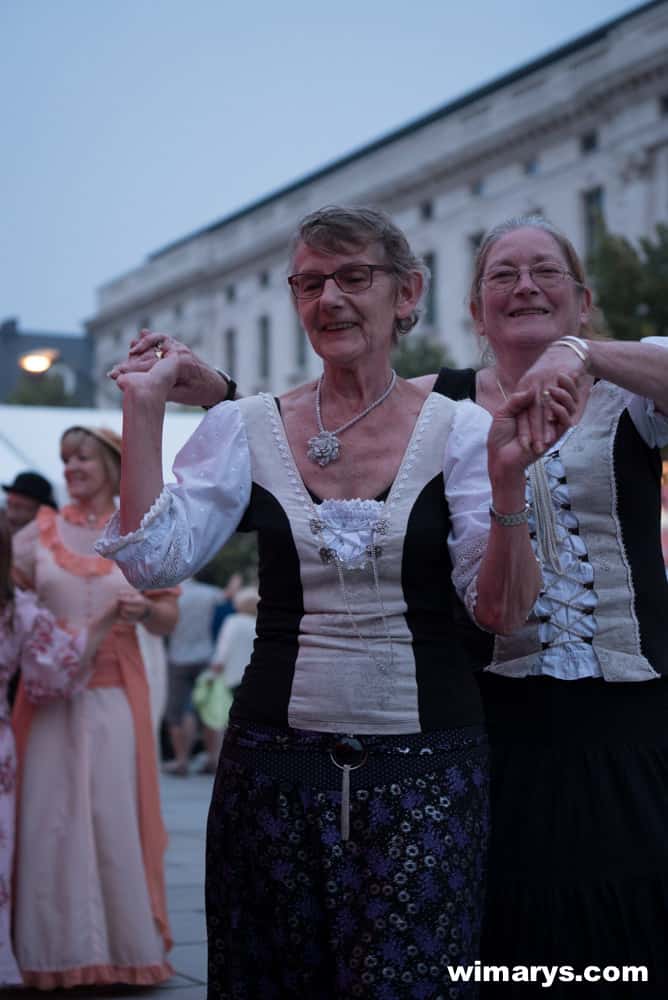
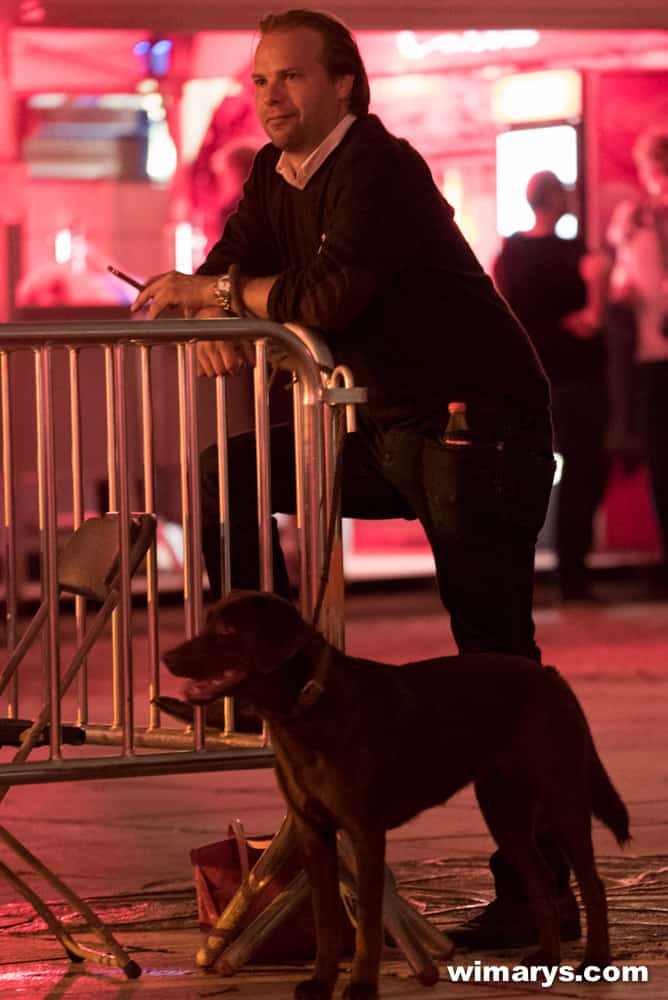
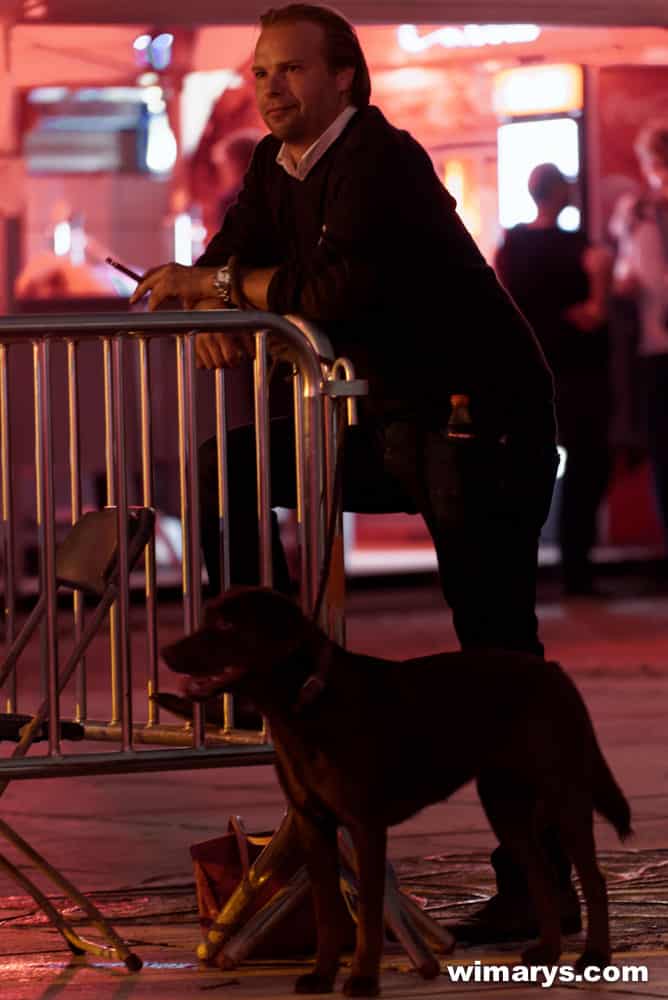

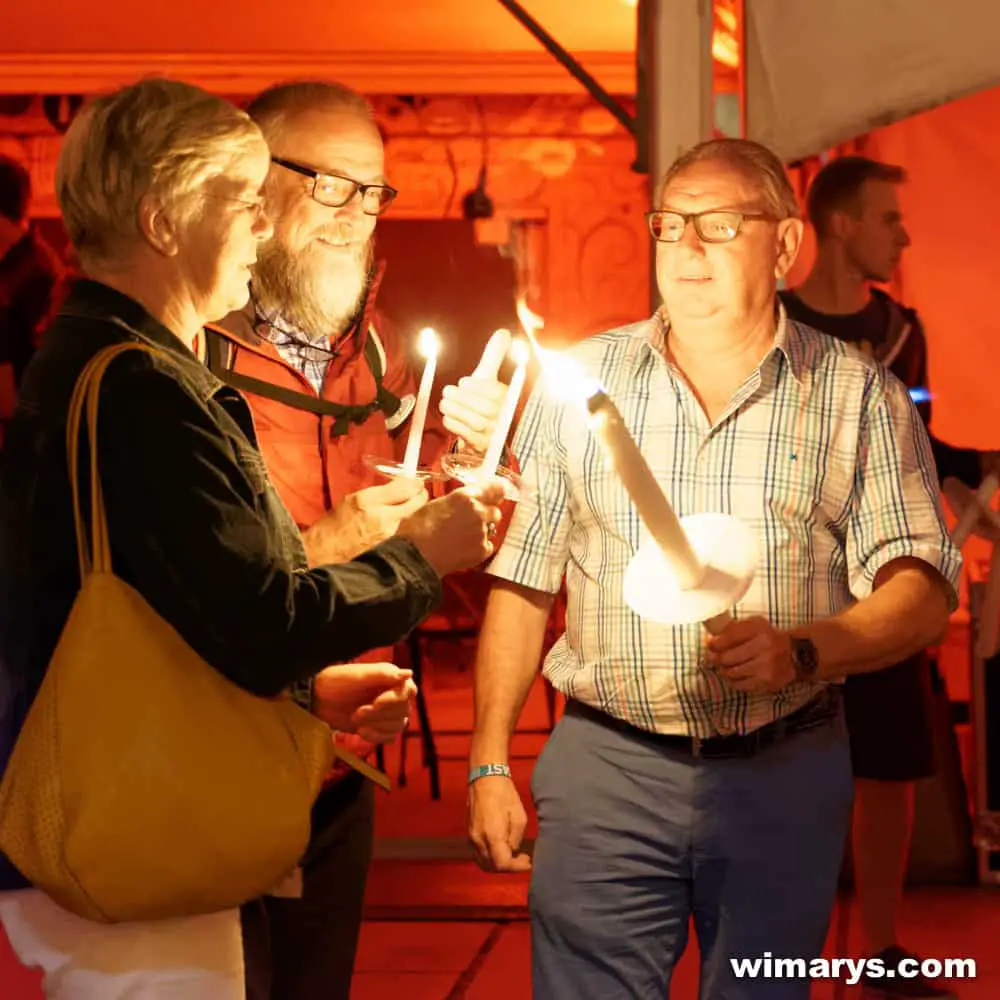
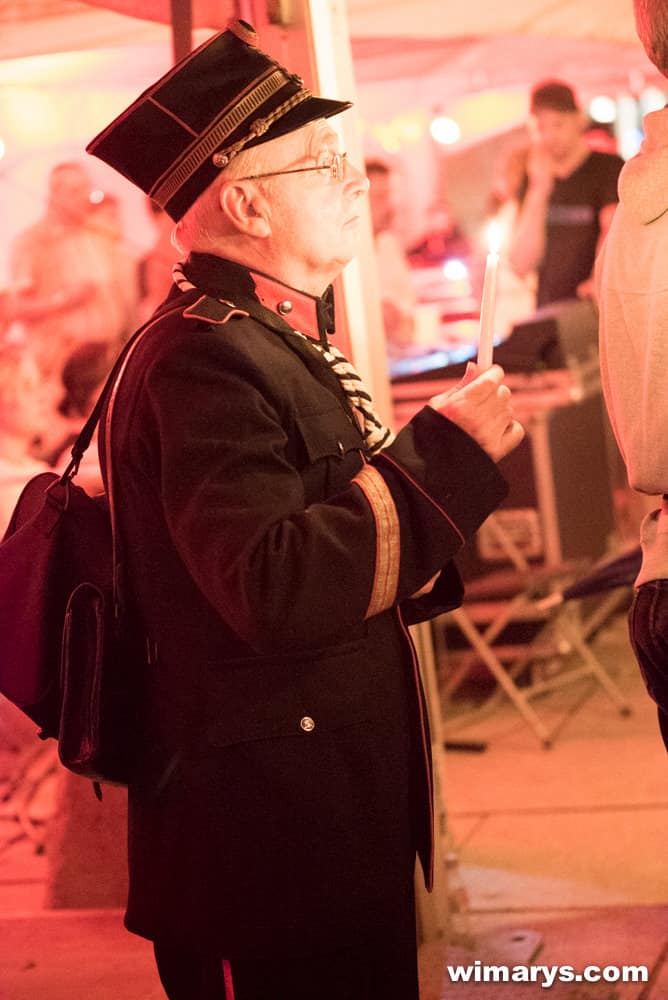
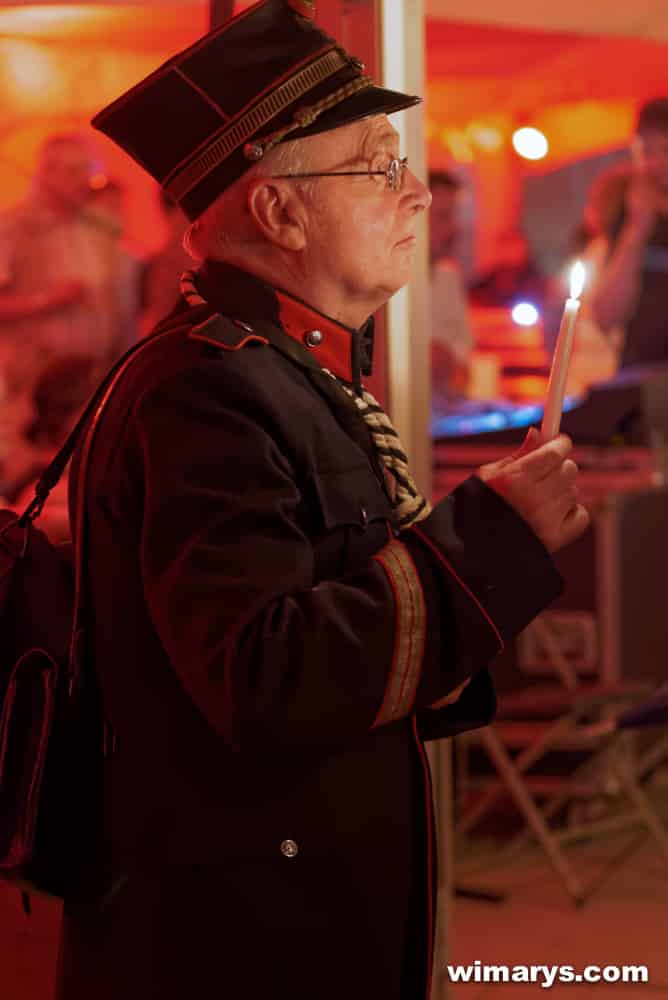
Wim, thank you for the great review. I keep visit this site and read your reviews. What I like most is compare popular cameras in real world photography under low light conditions. In this review it’s very impressive how Oly performs against Sony monster. Yes, Leica lens make a difference, but seems, Oly’s WB works more accurate. And noise is not bad at all on that size.
Hi Vladimir, thanks for your support. Olympus do a nice job with those MFT sensors, all things considered. I do like the A7s very much as a specific tool for that kid of jobs, but its expensive huh…
Nice write-up, but I think the majority of people know that there are plenty of cameras that can shoot great low light still photos. However, where the hype really is and where the A7s really excels is in low light video.
I agree with you Wil. Sony makes excellent sensors, and their cameras are getting better every year. It will be interesting to see what the next Sony A7sM2 will bring.